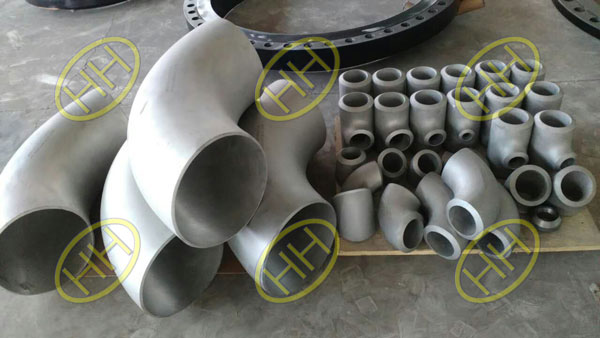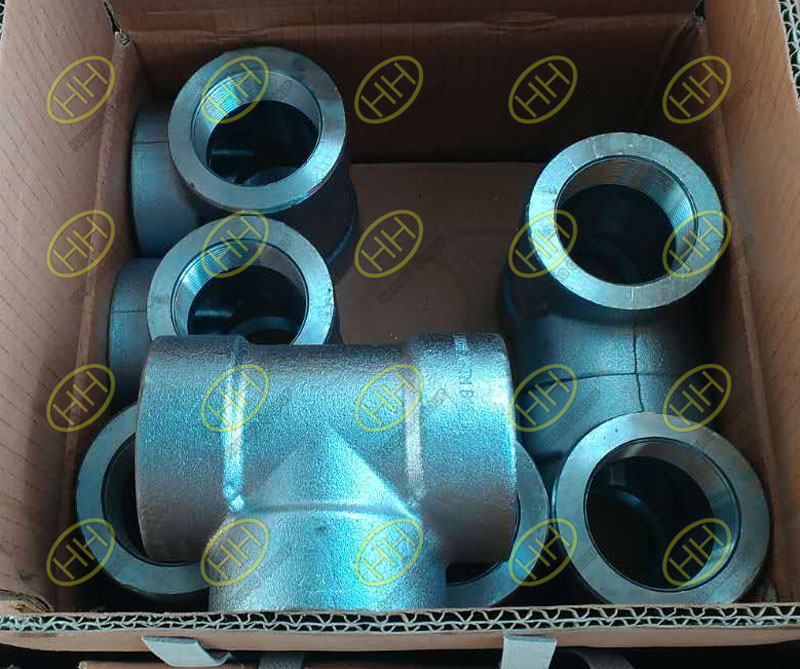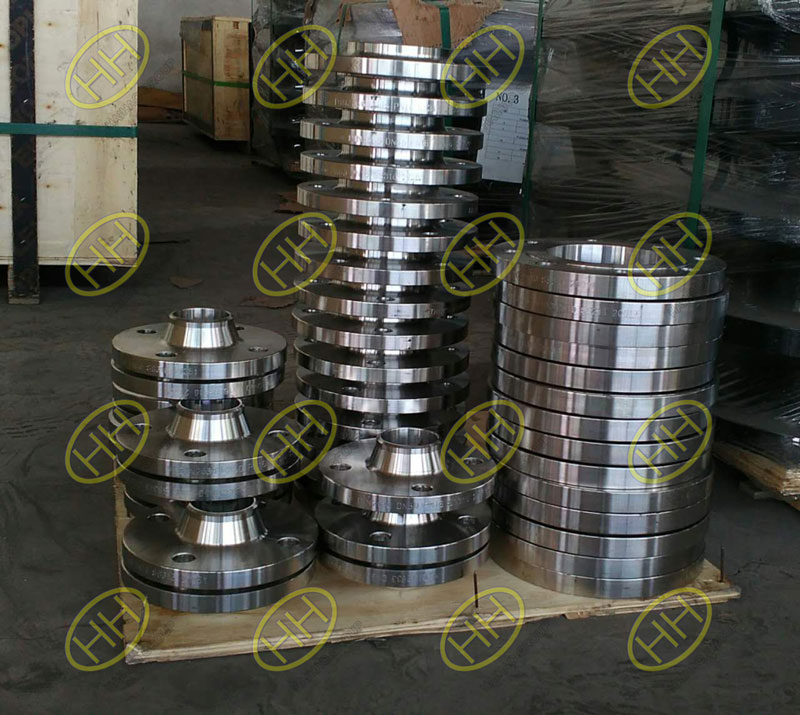Classification of stainless steel
The most commonly used classification of stainless steel is classified according to the structure of the steel and can generally be divided into ferritic stainless steel, austenitic stainless steel, martensitic stainless steel, duplex stainless steel, and precipitation hardened stainless steel. In petroleum and petrochemical applications, austenite stainless steel, ferritic stainless steel, and duplex stainless steel account for a large proportion.

ASTM A403 WP304 Pipe Fitting
Ferritic stainless steel generally has a Cr content of between 13% and 30% and a C content of less than 0.25%. In general, ferritic stainless steels have lower corrosion resistance than austenitic stainless steels and duplex steels, but are higher than martensitic stainless steels. However, due to its lower production cost compared to other stainless steels, it has a wide range of applications in the areas of chemical and petrochemical applications where corrosion resistance and strength requirements are not high.
Martensitic stainless steel generally has a Cr content of between 13% and 17%, and a high C content of between 0.1% and 0.7%. It has higher strength, hardness and wear resistance, but lower corrosion resistance. It is mainly used in petroleum and petrochemical fields in environments where corrosive medium is not strong, such as components requiring higher toughness and impact loads, such as turbine blades, bolts, and other related parts.

ASME B16.11 threaded equal tees
Austenitic stainless steels have Cr contents between 17% and 20%, Ni contents between 8% and 16%, C contents generally below 0.12%, and the austenite transformation area is mainly expanded by the addition of Ni elements, thus at room temperature. Under the austenite structure. Austenitic stainless steels are superior to other stainless steels in terms of corrosion resistance, plasticity, toughness, processability, weldability, and low temperature performance. Therefore, their application in various fields is the most extensive. Their use accounts for approximately all stainless steels. About 70% of the volume. In the petroleum and petrochemical field, austenitic stainless steels have a greater advantage for strong corrosive media and low temperature media.

Stainless steel SS316 weld neck flanges and slip on flanges
Duplex stainless steel is developed on the basis of single-phase stainless steel. Its Ni content is generally about half that of austenitic stainless steel, which reduces the cost of the alloy. Austenitic stainless steel has excellent corrosion resistance and high overall performance. It solves the shortcomings of poor corrosion resistance of ferritic and martensitic stainless steels and insufficient strength and wear resistance of austenitic stainless steels. In the petroleum and petrochemical field, it is mainly used in offshore oil platforms that are resistant to seawater corrosion, acidic components and equipment, and particularly in components that are resistant to pitting corrosion.
Precipitated-strengthened stainless steels mainly obtain high-strength properties through precipitation strengthening mechanism.At the same time,they sacrifice their own corrosion resistance.Therefore,they are used less in corrosive media and are generally used in petrochemical machinery mining and other industries.
